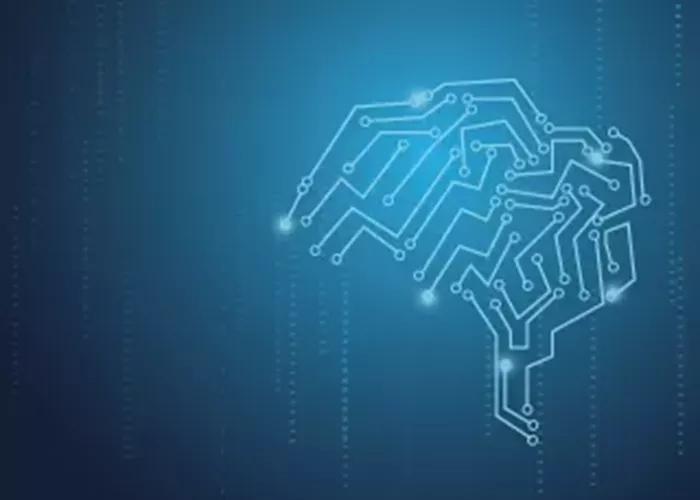A groundbreaking development in brain monitoring is set to transform the fields of neuroscience, precision medicine, and brain-computer interfaces. Scientists have unveiled a pioneering study in Cell Biomaterials detailing the creation of an electronic tattoo that can be printed directly onto the scalp, capable of monitoring brain activity noninvasively for 24 hours or more.
This breakthrough technique represents the first successful attempt to produce ultrathin electronic tattoos directly on human skin, even through hair, providing a more comfortable and long-lasting alternative to traditional brain-monitoring technologies. Co-authors Nanshu Lu and José Millán from the University of Texas at Austin, alongside Ximin He from the University of California, Los Angeles, led the research team that developed this innovative solution.
Revolutionary Skin-Conforming Technology
The researchers created a self-drying, skin-conforming electronic tattoo that is printed directly onto the scalp using a microjet nozzle. The process does not require any needles or physical contact, offering a personalized fit that adapts to the unique contours of an individual’s head. The tattoo uses specialized biocompatible ink, which dries quickly at room temperature in just 12 minutes, creating a thin, durable layer that adheres far better than previously used electronic tattoos that were transferred onto the skin.
Before printing the tattoo, a 3D scan of the participant’s head is taken using the ScandyPro app on an iPhone 13, mounted on a five-axis robot. This data helps position the electrodes accurately using MeshEEG, an open-source function in MATLAB. The result is a precise, high-fidelity solution for EEG (electroencephalography) recordings.
High-Fidelity EEG Recording
Traditional EEGs measure brain activity through metal electrodes attached to the scalp. However, these devices often require labor-intensive setup, short-lived wet-gel electrodes, and uncomfortable cables and caps. The newly developed e-tattoo eliminates these challenges, offering a more comfortable, long-lasting, and less intrusive solution.
“These e-tattoos are electrically conductive and mechanically and physiologically unnoticeable,” the researchers explained. “They provide full-head, high-fidelity EEG recording capabilities, offering long-term comfort without the drawbacks of traditional EEG systems.”
Comparing E-Tattoos to Traditional EEG Devices
The research team tested the new e-tattoo system by measuring brain activity in five participants, comparing its performance to that of traditional commercial wet-gel electrodes. The results were promising: the e-tattoo electrodes showed comparable accuracy in measuring error-related potential and motor imagery, two widely used brain-computer interface markers. Furthermore, the tattoos performed consistently over multiple sessions and demonstrated a lifespan increase of six hours or more compared to conventional electrodes.
In addition to better comfort, the tattooed electrodes were easier and faster to apply. The entire process—from 3D head scan to printing ten electrodes—took less than 15 minutes, while commercial EEG systems typically require more time. The e-tattoos can also be easily removed with soap or alcohol, making them a convenient and versatile solution.
Broad Applications Beyond Brain Monitoring
The research team envisions a wide range of applications for this new technology beyond brain activity monitoring. The electronic tattoo could be used for cardiac monitoring, muscle stimulation, wound healing, bone regeneration, and more. The system could also facilitate other forms of human-machine interfaces, such as electrocorticography (ECoG), electrocardiograms (ECG), and electromyography (EMG).
“We believe this innovation marks a new chapter in neurotechnology,” the researchers concluded. “It emphasizes customization and accuracy, enhances patient well-being, and reduces the need for labor-intensive healthcare solutions.”
This cutting-edge technology offers a significant leap forward in brain activity monitoring and opens up new possibilities for various medical and rehabilitation applications. As the research team continues to refine the technology, it holds the potential to reshape how we understand and interact with the brain.
Related topics:

